How to Control Crabgrass Naturally in Warm Climates
By Innovation Grounds
Crabgrass is one of the most stubborn and invasive weeds that thrive in warm climates, especially during the summer months. If you live in a region with hot temperatures and sunshine, you’ve probably seen these fast-spreading weeds take over lawns, gardens, and sidewalks. While many people turn to chemical herbicides, there are natural ways to control crabgrass that are safer for your family, pets, and the environment.
In this guide, we’ll explore how to control crabgrass naturally in warm climates using proven organic methods that are effective, affordable, and sustainable.
What is Crabgrass and Why Is It a Problem?
Crabgrass is an annual weed that grows low to the ground and spreads quickly, especially in bare or thin patches of turf. It thrives in hot, dry conditions and poor soil, making warm climates its ideal habitat. Once established, it can choke out healthy grass and ruin the appearance of your lawn.
Its ability to reseed prolifically means that without proper control, crabgrass can return year after year—stronger and more widespread.
Maintain a Thick, Healthy Lawn
One of the most effective natural crabgrass control methods is prevention through proper lawn care. A thick lawn with strong grass roots leaves little room for crabgrass to grow. Here’s how to do it:
Mow high: Keep your grass at a height of 3 to 4 inches. Taller grass shades the soil, making it harder for crabgrass seeds to germinate.
Water deeply, not frequently: This encourages deep root growth and helps your turf outcompete weeds.
Overseed bare spots: Crabgrass loves open areas. Reseed any thin patches in spring or fall to prevent crabgrass from getting a foothold.

Use Organic Crabgrass Pre-Emergent
A natural pre-emergent herbicide prevents crabgrass seeds from germinating. One of the best organic options is corn gluten meal. This natural by-product of corn processing has been shown to inhibit seed germination when applied at the right time.
When to apply: Early spring, when soil temperatures reach about 55°F (13°C) for several days.
How to apply: Spread evenly over your lawn and water lightly. Avoid heavy watering for a few days to maintain its effectiveness.
Corn gluten meal also adds nitrogen to your soil, promoting healthy grass growth while keeping crabgrass at bay.

Use Mulch in Garden Beds and Borders
For flower beds and vegetable gardens, mulch is a great way to naturally suppress crabgrass and other weeds.
Apply a thick layer (2–3 inches) of organic mulch such as bark, straw, or compost.
Mulch blocks sunlight from reaching crabgrass seeds, preventing them from germinating.
It also improves soil moisture and temperature control in warm climates.
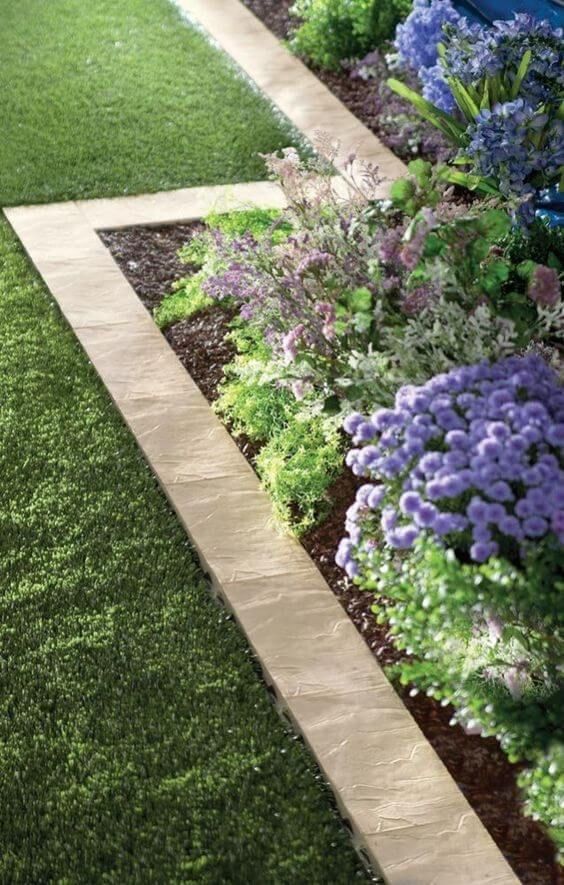
Hand-Pull Young Crabgrass Plants
If crabgrass has already sprouted, manual removal is still an effective natural method, especially if caught early.
Pull by hand or use a weed removal tool to get the entire root system.
Best done after rainfall or watering when the soil is soft.
Dispose of pulled weeds away from your lawn to avoid seed spreading.
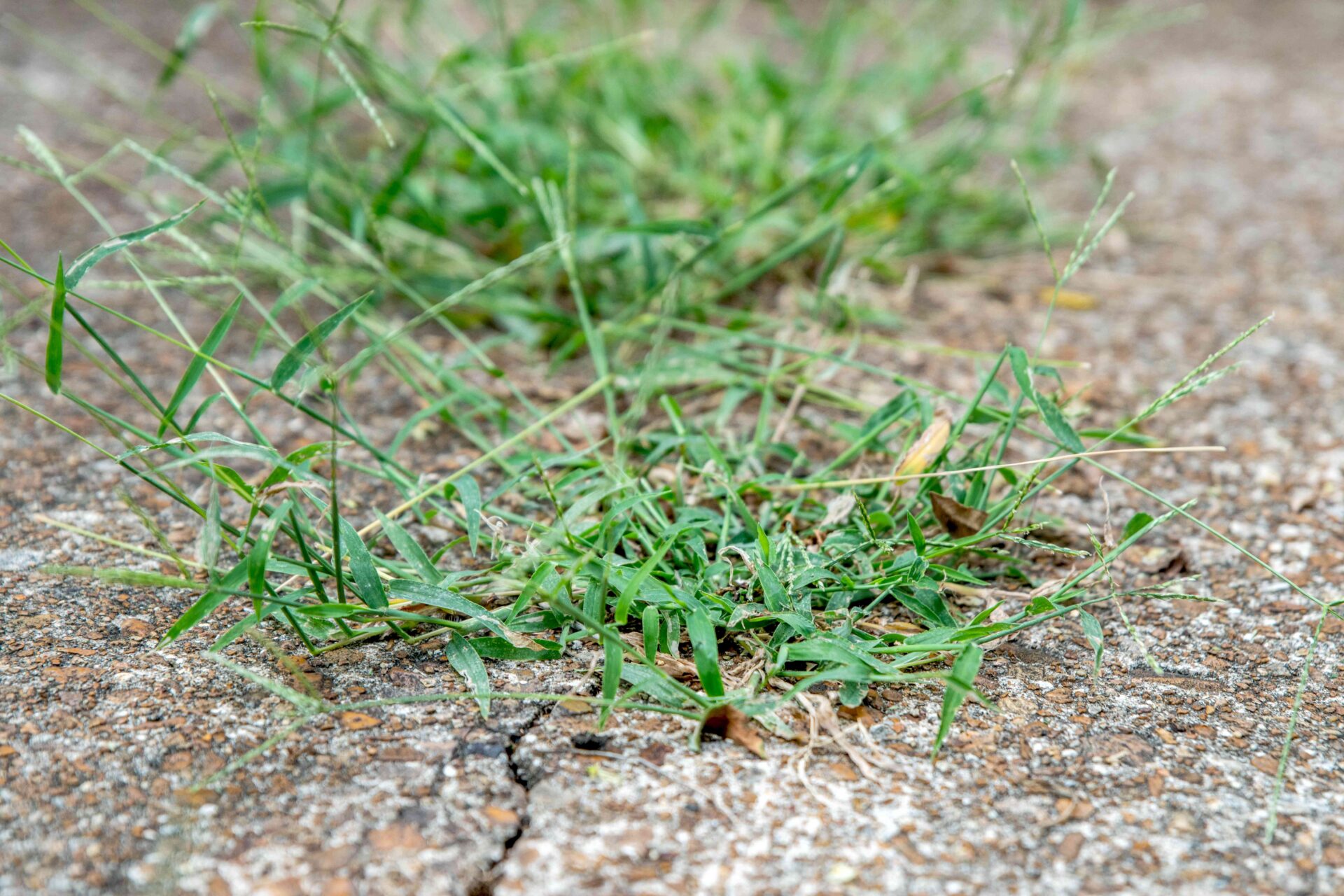
Improve Soil Health Organically
Healthy soil creates the best defense against invasive weeds. In warm climates, soils often become compacted or nutrient-deficient, which crabgrass loves.
Improve soil health by:
Aerating the lawn once a year to reduce compaction.
Top-dressing with organic compost to boost nutrients.
Testing your soil pH and adjusting it naturally (most turfgrass prefers a pH of 6.0 to 7.0).
Better soil means stronger, more competitive grass that leaves no room for crabgrass.
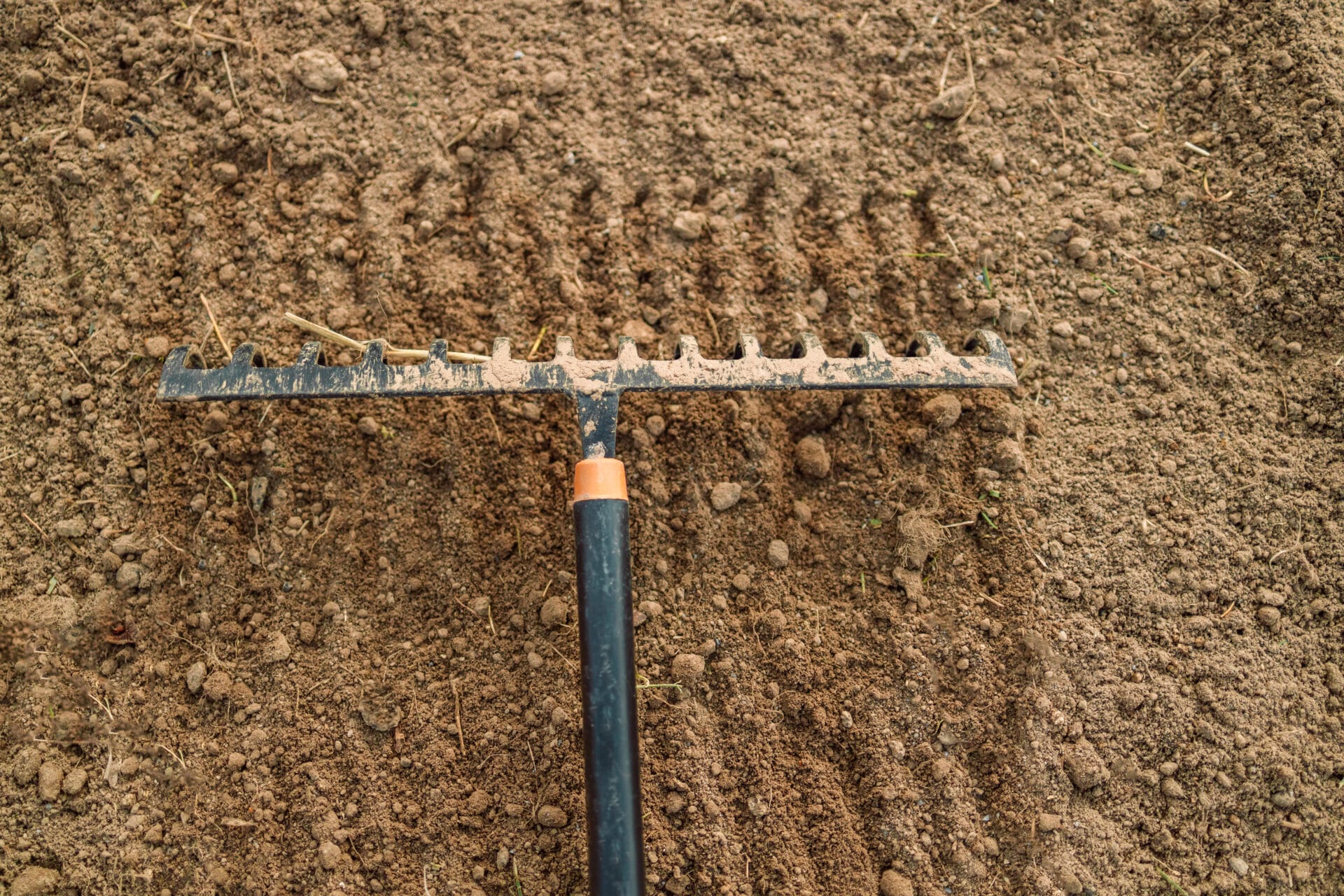
Use Natural Vinegar Spray (With Caution)
For localized infestations, vinegar weed spray can kill crabgrass on contact. Use horticultural vinegar (20% acetic acid) for stronger results than household vinegar.
Apply on a sunny, dry day.
Spot treat only, as vinegar will kill any plant it touches, including grass.
Be careful not to overspray near desirable plants or on windy days.
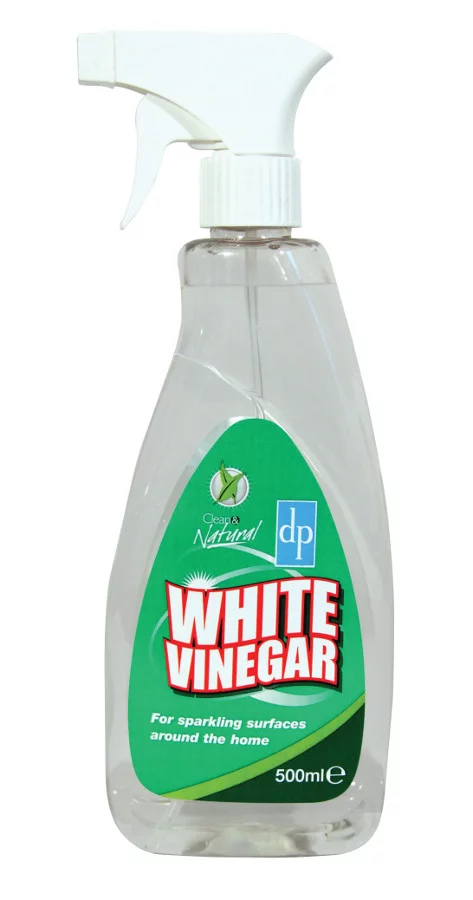
Practice Lawn Care Timing for Warm Climates
Warm climates have unique seasonal patterns, so timing your lawn care activities is key to natural crabgrass control.
Spring: Apply corn gluten meal and overseed your lawn.
Summer: Mow high and water deeply to stress crabgrass.
Fall: Aerate and compost to rebuild soil before winter.
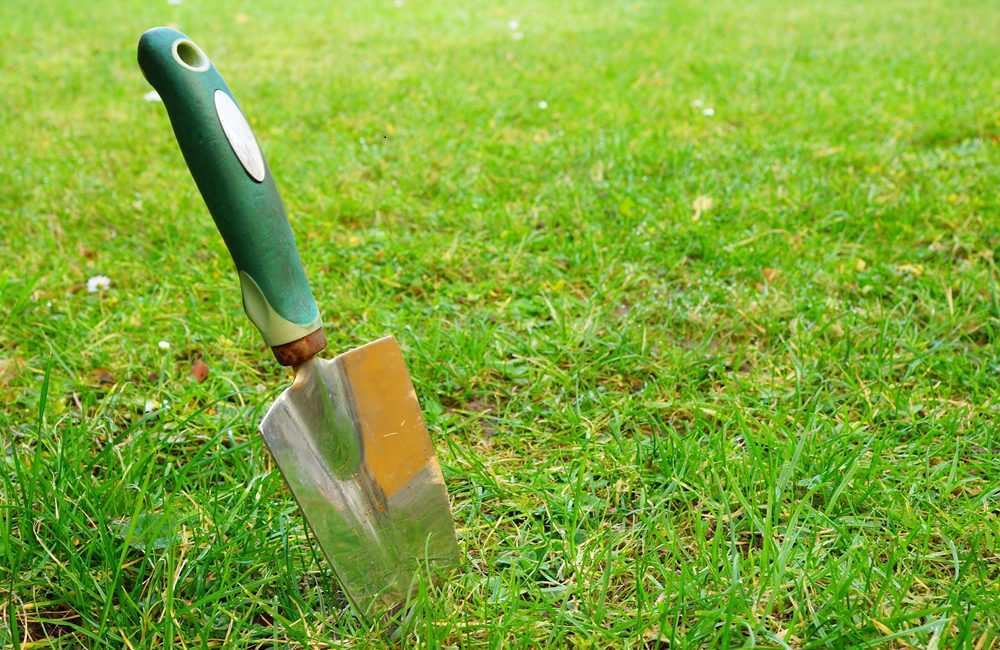
Final Thoughts
Crabgrass may be tough, but with the right natural approach, you can win the battle without chemicals. By focusing on organic lawn care, healthy soil, and preventative strategies, you’ll reduce crabgrass naturally and enjoy a lush, green lawn—even in warm climates.
Say goodbye to synthetic herbicides and start embracing natural crabgrass control—it’s safer, smarter, and better for your local ecosystem.


